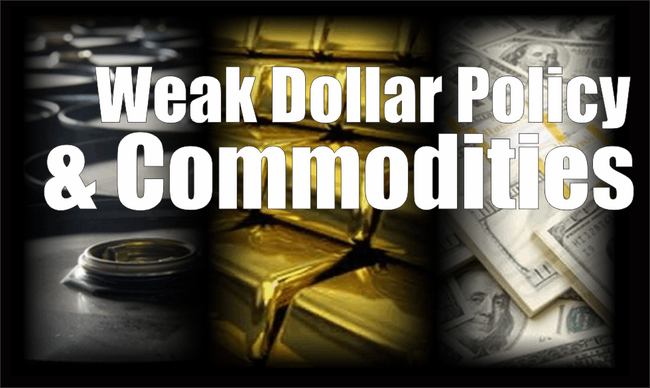
However, you may be less informed as to what it means when the U.S. dollar is strong vs. weak. The dollar can get weak for lots of complicated reasons, economically and politically. Whatever the case, the Federal Reserve (a.k.a. “the Fed”) might step in to try to remedy the situation, like a currency Superman. For instance, they can raise interest rates, which would attract investors like bees to honey because of the prospect of higher yields.
Emerging Market Economies Are Negatively Impacted
Foreign companies that do a lot of business in the U.S. and their investors benefit from a strengthening dollar. Multinational corporations with large sales in the U.S., which earn income in dollars, will see gains in the dollar translate to gains on their income statements and balance sheets. While there’s nothing consumers can do to directly influence the strength or weakness of the dollar, there are some remedies for downplaying its financial impacts. Economic concerns aside, you may be more focused on how a weak dollar could translate to your ability to buy the things you need and want.
What Causes the U.S. Dollar to Strengthen?
Let’s say that one euro buys $1.54 compared to a prior rate of $1.35 in a falling dollar environment. The company therefore benefits from this translation gain with higher net income as you translate the subsidiary’s results into the falling U.S. dollar environment. When a large trading partner like China artificially keeps its currency weak, it hurts the balance of payments, meaning its goods are cheaper than domestically produced products.
Pros and Cons of a Weak Currency
On the other end of the spectrum, domestic companies are not negatively impacted by a strengthening U.S. dollar. A strong U.S. dollar can be bad for multinational companies because it makes American goods more expensive overseas. If the U.S. dollar continues to appreciate, it could have a negative long-term impact because those overseas consumers will begin to turn away from American brands. The rial hit the skids as long ago as 1979 when the nation’s Islamic Revolution led many businesses to flee the country.
- If a foreign country’s currency remains strong while the dollar falters, that can result in higher prices for imported goods.
- But it’s possible for the dollar to rise too fast for the rest of the economy to keep up.
- These terms are used to describe the relative strength of the dollar against other foreign currencies at any given time.
- Learn more about the impact of a strong versus weak dollar when it comes to jobs.
The FASB has determined that the primary currency in which each entity conducts its business is referred to as “functional currency.” The functional currency may differ from the reporting currency, . Translation adjustments may result in gains or losses in these cases which are generally included when calculating net income for that period. Conflicts over currency can (and have) led to trade wars where import tariffs are imposed in response to artificially weak currency of major trading partners. Trade wars are generally counterproductive, but sometimes politicians are more concerned with what plays well rather than what it means for the overall economy. Learn more about the impact of a strong versus weak dollar when it comes to jobs. A strong U.S. dollar could be bad for large-cap multinationals because it makes American goods more expensive overseas.

World’s Weakest Currency
When the economy is thriving and the value of the dollar is rising along with it, that’s generally a good thing. But it’s possible for the dollar to rise too fast for the rest of the economy to keep up. First, consider increasing savings to take advantage of a rising rate environment. A high-yield savings account or CD account may be a safe and attractive choice for growing cash savings when rates climb. In fact, some countries may intentionally devalue their currency to make themselves more competitive economically, particularly following a downturn or recession.
Having insight into the influence that changes in currency values have on investments provides opportunities to benefit both in the short and long term, however. Investing in U.S. exporters, tangible assets, and appreciating currencies or stock markets provide the basis for profiting from the falling U.S. dollar. The functional and reporting currency will be the U.S. dollar if you invest in a company that does the majority of its business in the United States and is domiciled in the United States. Its functional currency will be the euro if the company has a subsidiary in Europe.
More dollars are needed to buy the same amount of yen so the dollar becomes a weak currency. The dollar strengthens when interest rates rise, and international investors view it weak dollar definition as a safe haven for maintaining and increasing value during turbulent economic times. In general, the strength and value of a currency depends on the demand for that currency.
Multinational companies are vulnerable to the effects of currency fluctuations on the spending power of their customers abroad. A historically strong U.S. dollar may cause stock investors to look into companies that make their money mostly or entirely in their home countries. A weak dollar refers to a downward price trend in the value of the U.S. dollar relative to other foreign currencies. The most commonly compared currency is the Euro, so if the Euro is rising in price compared to the dollar, the dollar is said to be weakening at that time.
